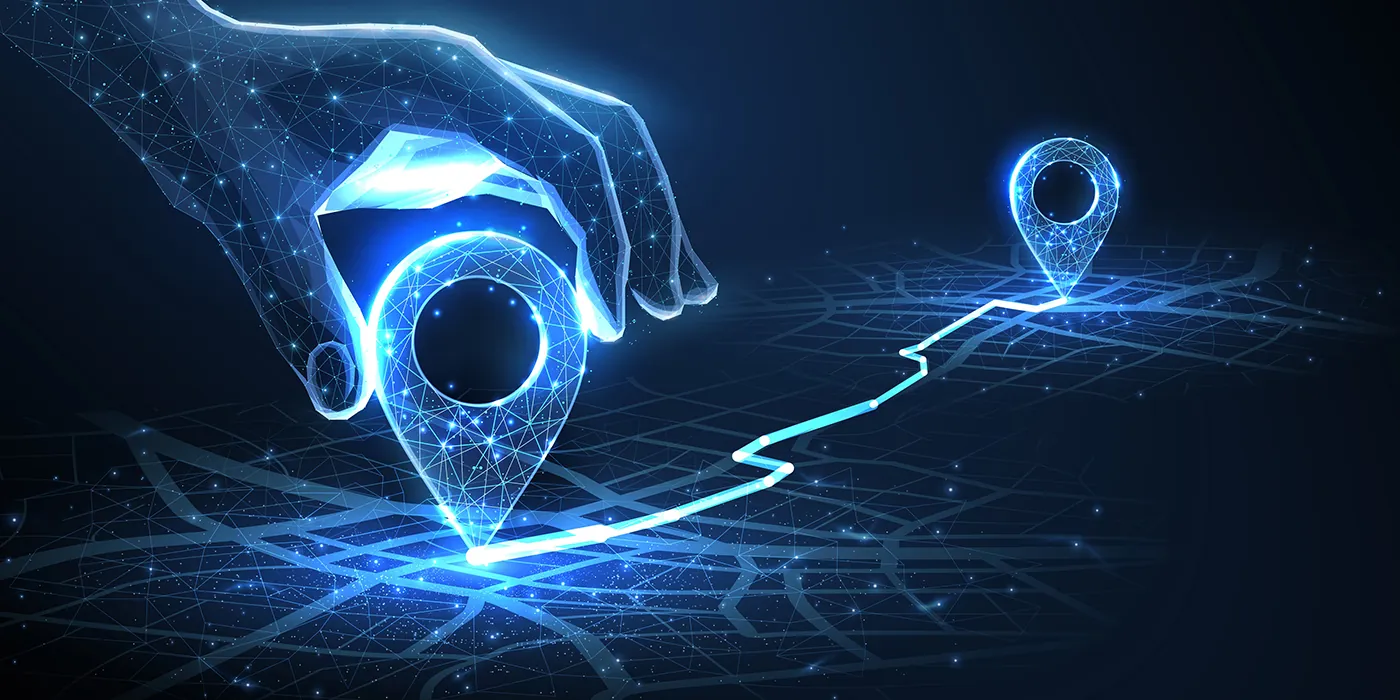Cutting Costs without Compromising Employee Experience in Mobile Device Management
Although cutting costs and exceptional employee experience often don’t go hand in hand, RevGen created an approach to mobile device usage that prioritized them both.

RevGen Partners helped a national telecom client better understand their customers’ usage of omnichannel platforms through data science, analytics, and persona development.

Our client, a national telecommunications company, wanted to better understand how to improve the digital user experience for their customers. In particular, they were interested in understanding the optimal allocation of resources across several customer interaction channels such as phone agents, online chat, etc. This required an analysis across several large datasets, including billing, payments, programming, and more.
The client was happy with their omnichannel approach to customer support; however, they knew there was a big opportunity to use their customer data to find greater insights into behavior and opportunities for improvement. They were also aware of how complex the task was and that they lacked an in-house skillset to handle the analysis.
Because of the client’s size and maturity, they had collected enormous amounts of data over the years. Within this specific exercise, there were over 100 different subcategories of customer interactions, and a wide range of other customer descriptors, with no set systems to prioritize and evaluate the data.
The data warehouse needed for the project was described as “a large lake, containing many dams”. Our analysts had a challenging time navigating the complicated security protocols to find the data necessary, which hampered the ability to iterate in an agile manner, especially coupled with the non-trivial computing requirements.
While the client emphasized this analysis was solely a starting point for further data science activities, the lack of processes around data science initiatives posed a concern for future work.
Initially, the project began with descriptive analysis to identify some low-hanging fruit. However, phase two of the project which included diagnostic analysis methods such as hypothesis testing, required additional processes to build out a systemized but iterative solution.
Our first order of business included prioritizing and readying the appropriate data for analysis. From there, we could derive new insights as well as set the client up to use a similar approach for future projects.
We brought together data from several disparate sources into Python and Jupyter Notebook to create one master file for analysis. We also used Principal Component Analysis (PCA) to prioritize the various types of customer data, including the different channels where interactions had occurred.
Data in hand, we provided a top-line view of each of the client’s pre-determined segments, revealing that a previously undiscovered fourth segment of customers was highlighted.
As we moved into the second phase of the project, we dove deeper into the data by testing hypotheses, exploring the characteristics behind our newly discovered customer segment, and with our learnings, created personas based on all four segments.
By providing documentation for analysis code, specifications, and building in modularity to data science processes, we minimized much of the complexity of the project and potential interdependencies of processes, which will help the in-house data science team expand and adapt these methods for future projects.
This project proved its worth right away with the discovery of an entirely new customer segment, as well as setting the client up for future success in new data science activities.
While we had begun the project with three pre-determined customer segments, a fourth was identified through our analysis: the Silent Lurker. These customers did not contact our client’s customer support at all, and further analysis showed they were the most comfortable with their services, suggesting little need for additional investment.
By combining our data science project with our customer experience expertise, we were able to fully capture each customer persona requiring support. These could be further utilized for marketing campaigns, product offering creation, and targeted offers.
Through thorough hypothesis testing, we were able to challenge some of the assumptions the Customer Experience team had been working from, both confirming some and noting that others needed to be discarded or updated.
Prior to this project, the client hadn’t undertaken much data science work, especially within their Customer Experience department. The resulting insights built trust in the approach, and our transparency with the playbook provided the guidance necessary for future research.

Although cutting costs and exceptional employee experience often don’t go hand in hand, RevGen created an approach to mobile device usage that prioritized them both.

RevGen helped this government agency break down silos and accelerate AI opportunities through strategic collaboration

RevGen helped our client turn blue-sky ideas into a realistic, sequenced AI roadmap
Get the latest updates and Insights from RevGen delivered straight to your inbox.